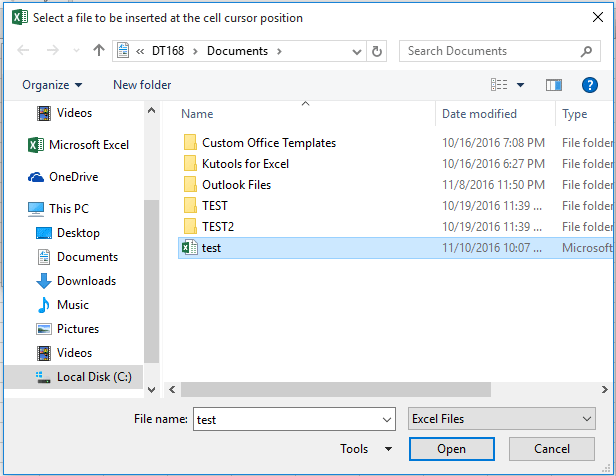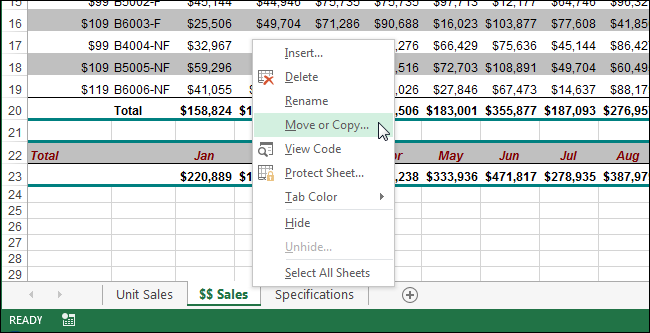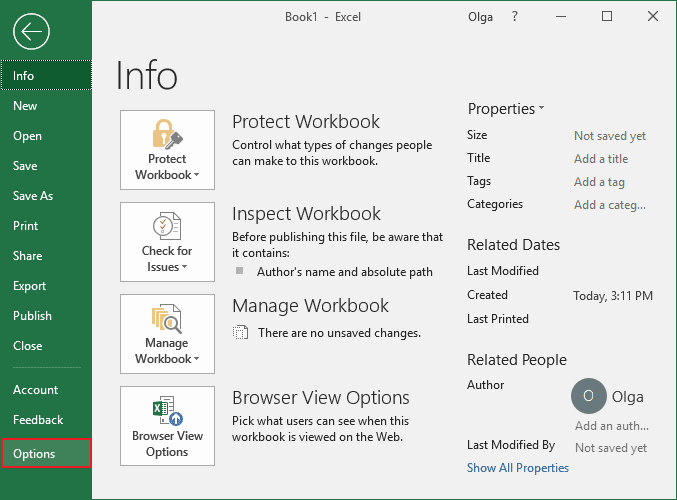

- #Excel for mac 2016 import one workbook into another how to
- #Excel for mac 2016 import one workbook into another plus
Properties – This is where we name the query. We will be using the ribbon throughout this series, so you will get to see the most common commands in action. The Ribbon – Similar to Excel, the ribbon contains the main commands grouped into separate tabs. As this is our first look at the user interface, we will spend a bit of time understanding what’s here. Then click From Table/Range from the Get & Transform Data section of the Data ribbon. The following uses Example 1 – Table.xlsx from the downloads. If you are not familiar with Tables, I recommend you spend some time understanding and using them. So, Tables are fundamental to using Power Query well. The output from Power Query will typically be in a Table format.

Tables are a vital element of how Excel likes to store data. Importing data from Tablesįirstly, it is important to note that I am using “Tables” to refer specifically to the Excel Tables feature.
#Excel for mac 2016 import one workbook into another how to
The examples below show how to use both of these methods.

There are two formats of data areas which Power Query handles well, Excel Tables and named ranges. To use data from within the same workbook, Power Query needs to know the area which the source data occupies.
#Excel for mac 2016 import one workbook into another plus
Then you’ll be able to work along with examples and see the solution in action, plus the file will be useful for future reference.ĭownload the file: Power Query Series – Example Files Using data in the same workbook I recommend you download the example file for this post. Depending on your specific build version of Excel, the names, locations and options of various actions may differ slightly from the examples shown in this post. Please note that Excel and Power Query are constantly being updated by Microsoft.


 0 kommentar(er)
0 kommentar(er)
